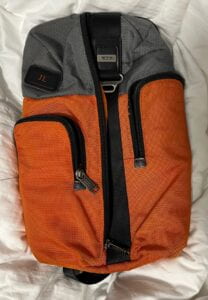Design Discussion Week 8: Smart and Emotional Design
After watching “Good Design makes you Happy!” and “How beauty feels”, I have learned that emotional and smart design is more than what I had originally thought it was. “Good Design makes you Happy!” describes three primary principles to design: visceral, behavioral, and reflective.
Visceral is a user’s reaction to or their first impression of a given design and is often reflected visually such as the use of bright colors or symmetry to convey different design messages to a user.
Behavioral is how users subconsciously evaluate how designs that helps them achieve goals, and how easily. This includes the useability and feel of a given design, which generally should have the users feel satisfied that they’re in control, with minimum effort required.
Lastly is reflective, in which after a user encounters a design, users will consciously judge its performance and benefits, including value for money. This could come in the form of how much a user values a given design that benefits them aside from the primary purpose of the design, such as getting an expensive watch to impress people rather than a cheaper one. That way if they’re happy with the design, they’ll keep using it and form emotional bonds with it.
All three of principles I think make it so designs can be both smart and emotional, balancing out with one another. This is particularly the case in which the speaker in “How beauty feels” states that “Form is function”, and that designs need to be both “smart” and “emotional” be a successful design.
One design in recent memory I find to be both a smart and emotional design is this following Tumi branded bag shown below.

In terms of visceral principles, this bag came off to be as very unique given its overall design and colors being quite striking to me. For behavioral, rather than being a typical backpack I usually carry, it is a one single bag which I can put over my shoulder and have the sling around my body, to which is very easy to put on and carry. Should I need to get or put something in the bag, I can easily swing it around to the front of my body for easy access to the entire front part of the bag. Each zipper compartment is the perfect ones for the things I typically carry when I go out with this bag. As for reflective, I find myself liking to carry around the bag due to the brand that it is from, as well as the knowledge that it is a limited edition bag as well.
In short, I have learned even more that goes into design aside from practicality, as “smart” and “emotional” designs have specific principles that balance out practicality and aesthetics to create a successful design.
